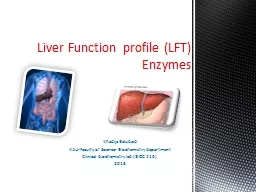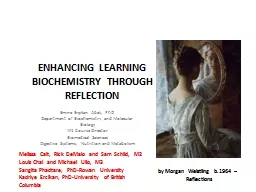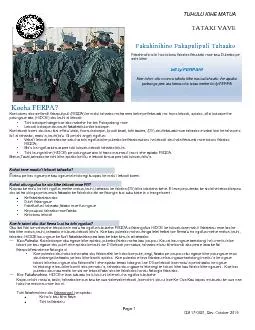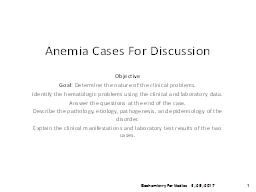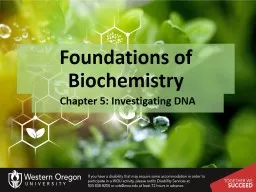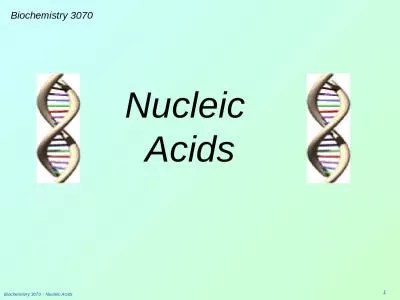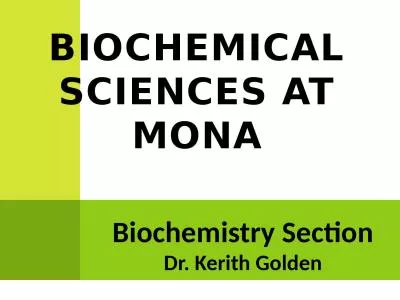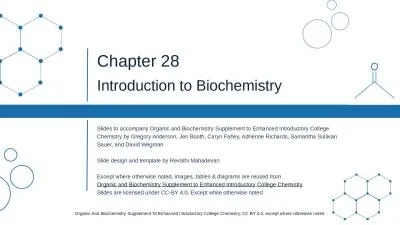PPT-Khadija Balubaid KAU-Faculty of Science- Biochemistry department
Author : Foodie | Published Date : 2022-08-03
Clinical biochemistry lab BIOC 416 2013 Liver Function profile LFT Enzymes Liver Liver is an important organ in human body Synthesis of proteins glycogen storage
Presentation Embed Code
Download Presentation
Download Presentation The PPT/PDF document "Khadija Balubaid KAU-Faculty of Science..." is the property of its rightful owner. Permission is granted to download and print the materials on this website for personal, non-commercial use only, and to display it on your personal computer provided you do not modify the materials and that you retain all copyright notices contained in the materials. By downloading content from our website, you accept the terms of this agreement.
Khadija Balubaid KAU-Faculty of Science- Biochemistry department: Transcript
Download Rules Of Document
"Khadija Balubaid KAU-Faculty of Science- Biochemistry department"The content belongs to its owner. You may download and print it for personal use, without modification, and keep all copyright notices. By downloading, you agree to these terms.
Related Documents

